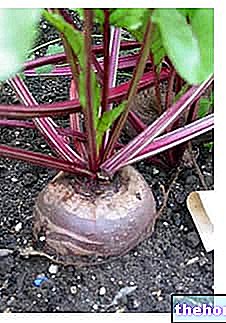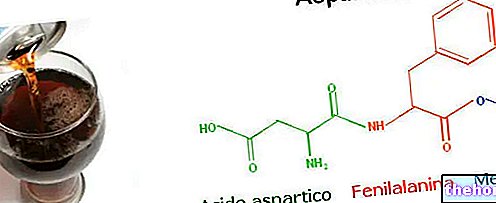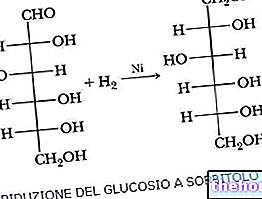Natural Sweetener
An "alternative to sugar
Sorbitol is an alcohol with six carbon atoms belonging to the category of polyols, therefore functionally similar to common carbohydrates. Sorbitol finds ample space in the food sector as an acaryogenic and low-calorie sweetener; its sweetening power is in fact equal to 60% of that of sugar, but at the same weight it provides 40% fewer calories (2.6 Kcal / g against 4 for sucrose). The taste is fresh and pleasant, but what is even more important is the ability of sorbitol to give consistency to the product, retaining moisture and improving its conservation (it inhibits the development of yeasts, molds and other microorganisms). This characteristic, defined hygroscopicity, makes sorbitol a very useful ingredient to keep pastry products (plum cake, petits four, sponge cake, etc.) and leavened products (panettone, croissants, brioches) soft longer.
Foods rich in sorbitol

Sorbitol and Diabetes
In case of hyperglycemia, typical of diabetic patients, sorbitol has a tendency to accumulate inside the cells and to exit with difficulty; all this, given its ability to retain water, can cause problems with cataracts, renitinopathy and peripheral neuropathies. In addition to the dietary intake, in fact, sorbitol is normally synthesized by cells starting from glucose, by the intervention of the NADP-dependent aldose reductase enzyme, in the so-called polyol pathway, particularly active when the glycolytic enzyme hexokinase is saturated. In the presence of diabetes, the conversion of glucose into sorbitol occurs at the level of insulin-independent tissues, while despite the hyperglycemia the other cells of the body suffer from a lack of glucose, since sugar cannot enter due to a lack of insulin. Once synthesized in the polyol pathway, sorbitol can be converted into fructose by NAD-dependent sorbitol dehydrogenase.
For what has been said, also considering the possible side effects at the enteric level, sorbitol is not recommended as a sugar substitute in the diet of diabetic patients.
Sorbitol is also a common ingredient in toothpastes, mouthwashes, and some cosmetics, giving it a soft, mellow appearance. As an excipient, it also finds space in the pharmaceutical industry for the aforementioned hygroscopic and sweetening properties.
Other Foods - Sweeteners Acesulfame K Aspartame Sugar beet Sugar cane Sodium cyclamate Dextrose Sweeteners Erythritol Fructose Maltose Mannitol Molasses Saccharin Saccharose Maple syrup Agave syrup Fructose syrup Glucose syrup Sugar sorbitol Articles Stevia Sucralitol sugar SWEETENERS Categories Alcoholic Foods Meat Cereals and derivatives Sweeteners Sweets Offal Fruit Dried fruit Milk and Legumes Oils and Fats Fish and fishery products Salami Spices Vegetables Health recipes Appetizers Bread, Pizza and Brioche First courses Second courses Vegetables and Salads Sweets and Desserts Ice cream and sorbets Syrups, liqueurs and grappas Basic Preparations ---- In the Kitchen with leftovers Carnival recipes Christmas recipes Light diet recipes tici Recipes for the Holidays Recipes for Valentine's Day Vegetarian Recipes Protein Recipes Regional Recipes Vegan Recipes





.jpg)






















